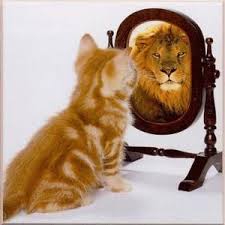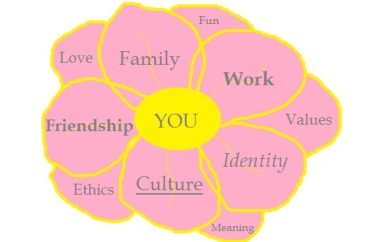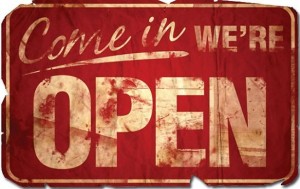Change can be startling no matter how much we tell ourselves we are prepared. We may be fooled by the facade of a graceful exterior while there is chaos close beneath the surface. Trust us, we are no different. However, we have helped many organizations through their change processes and have learned a few shortcuts along the way. The thing about change is it is inevitable. It will either happen to you or you can steer the change and ride the wave when the tides come in because you are prepared. Follow this formula to get a head start on your change process.
FYI Change Formula:
Who + What + How = There!
Self Awareness + Desired Goals + Assessment = Change
- Self Awareness -“I know who I am” – First we need a starting point and that is always within ME. Being able to identify my important values will center me and be my guiding North Star. What is the motivation behind the change? To improve? Or is it happening to me and I’m feeling out of control? How I perceive my situation greatly affects my attitude and confidence in addressing the change.
- Desired Goals -“I know what I want” – After we know more about who we are and where we are starting, we need a direction. We want to know the goals to get us through the change to our desired result. What do I want that is both attainable and measurable? These can be long-term and short-term goals. Adding a timeline helps ground it in reality. How do these goals reflect my values?
- Assessment -“I know how to go” – Once we have a direction we select the strategy to use that will get us to our desired outcomes. We identify the tools we need and we use them. The trick here is perseverance. If something isn’t working, we need to try something else and reassess until we find what works. Celebrating small successes keeps us positive and confident as we build our change muscles.
- Change – “I know when I have arrived there” – That’s it. We made it through the change to the other side. It’s important to reflect on our journey and capture the learning. Celebrate our accomplishments! It’s easy to get swept up in what still needs to be done, but that will add anxiety and stress. We build success one victory at a time.
FYI Change Worksheet: to build new habits, we must practice them and preparation is key. Below are 2 sets of questions designed to help individuals and organizations through a change process.
Preparation for the Individual
- What are my top 5 values?
- What are 3 short-term and 3 long-term goals?
- What is the direction I am headed and how will I stay focused?
- How will I reflect on my learning and celebrate my victories along the way?
Prepararation for the Organizational
- Who needs to be committed to this change process?
- Who are the champions of the change?
- How will we hear from all levels of the organization?
- Town hall meetings
- Surveys
- Focus groups
- Other
- What do we need to say?
- Message:
- How often:
- By what means:
- What do we already do well as an organization that we want to keep doing?
- Strength 1:
- Strength 2:
- Strength 3:
- What are the small and meaningful tasks we can do to build up to the change?
- Task 1:
- Task 2:
- Task 3:
- What are the small and incremental milestones to look for to manage impatience?
- Milestone 1:
- Milestone 2:
- Milestone 3:
- What do we need to learn and be able to do to sustain the change?
- Knowledge or Skill 1:
- Knowledge or Skill 2:
- Knowledge or Skill 3:

 Faster, faster, faster! Our lives are moving at an ever-increasing pace and we feel this especially in the workplace. We have access to increasing amounts of information, transportation and communication that take us far and wide. This generates new ideas and other ways of doing what we do. We can try to absorb it and most often it gets to be too much. So we shut down and ignore it.
Faster, faster, faster! Our lives are moving at an ever-increasing pace and we feel this especially in the workplace. We have access to increasing amounts of information, transportation and communication that take us far and wide. This generates new ideas and other ways of doing what we do. We can try to absorb it and most often it gets to be too much. So we shut down and ignore it.


